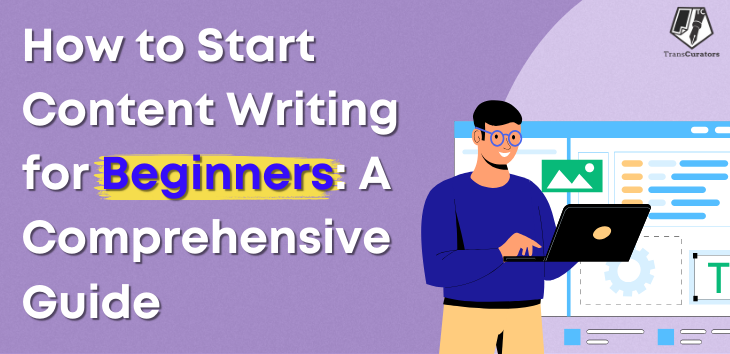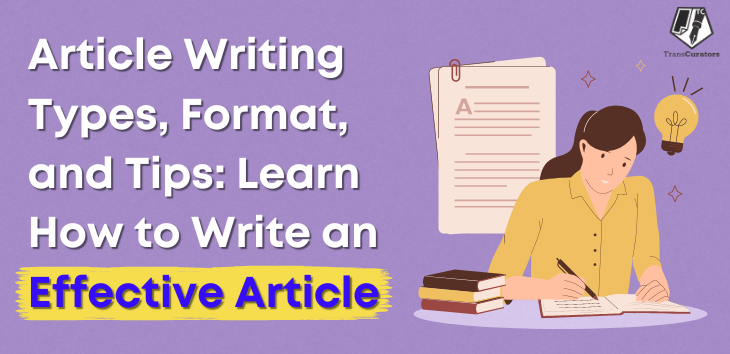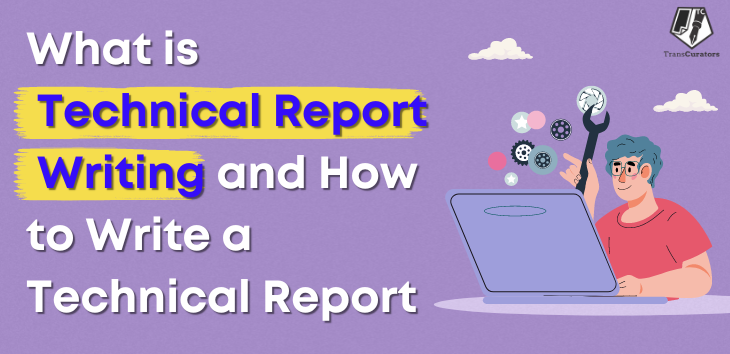
Are you someone who loves playing with words? Do you like to express ideas through writing? If so, content writing might be an excellent fit for you. Imagine using words to craft compelling narratives, provide valuable information, and connect with people worldwide through your words. Content writing offers you a world of creativity and opportunity, but starting can feel overwhelming. Where do you begin? How do you organise your writing to capture readers’ attention and keep them hooked? In this comprehensive guide, we’ll walk you through everything you need to know as a beginner in content writing and provide you with the tools and techniques you need to get started as a content writer. Are you ready to unleash your imagination and leave a mark with words? Let’s plunge in!
Understanding Content Writing
Content writing means creating helpful, entertaining, and valuable written content for specific audiences. It encompasses a variety of formats, like blog posts, articles, web content, and social media posts, which are intended to convey a message effectively. The primary objective is to attract, engage, and retain readers while fulfilling the content’s desired purpose: to inform, entertain, educate, or persuade. Content writers conduct extensive research to understand their target audience and use language that resonates with them. They prioritise clarity, consistency, and relevance while optimising material for search engines to improve visibility and reach. Ultimately, content writing aims to provide exciting narratives that engage and inspire action in the audience.
Essential Tips: How to Start Content Writing for Beginners
Content writing is a dynamic skill that blends creativity with strategic thinking. Whether you’re writing blog posts, website copy, articles, or social media content, following a structured approach can help you create compelling content consistently. Here’s a comprehensive step-by-step guide to content writing.
Step 1: Understand Your Audience
The initial step of writing is understanding your target audience. Determine who you’re writing for—their interests, preferences, and requirements. Surveys, social media analytics, and keyword research tools can all assist you in learning more about your target audience. To better understand your readers, create thorough audience personas. This understanding will guide your tone, style, and choice of topics. Understanding your audience can help you customise your content to resonate with them effectively.
Step 2: Choose a Relevant Topic
Once you’ve identified your target audience, select a topic that is both relevant and intriguing to them. Generate ideas based on current trends frequently asked for questions or gaps in existing information. Consider the purpose of your content, whether it is to educate, entertain, inspire, or convince, and make sure your topic matches that goal.
Step 3: Conduct Research
Before you begin writing, gather relevant facts and statistics to support your topic. Research from reliable sources, data, case studies, and examples to increase the credibility and depth of your work. To retain credibility, cite sources and verify the authenticity of the content.
Step 4: Create an Outline
Create an outline to organise your thoughts and information. A comprehensive outline helps structure your content logically and ensures that you cover all essential elements. Divide your information into parts or titles based on the many aspects of your topic. This strategy plan will assist you stay focused during the writing process.
Step 5: Write the Introduction
Begin your writing with an exciting introduction that piques the reader’s attention. Introduce the topic and explain what readers will learn or gain from reading further. An engaging start sets the tone for the rest of your content and persuades readers to continue.
Step 6: Develop the Body Content
Expand on the topic in the body of your content. Use the outline to provide a systematic explanation for each section or point. Deliver helpful information, ideas, or solutions to the audience’s interests or issues. Use clear, simple language and organise content into paragraphs to improve readability.
Step 7: Use Engaging Language
Engage your readers by using clear, simple, and conversational language. Avoid jargon or complex words unless necessary, and explain technical terms to ensure understanding. Use active voice to make your writing entertaining and direct, engaging the reader.
Step 8: Include Visuals and Examples
Use visuals, such as images, infographics, or videos, to illustrate your content’s key ideas or concepts. Visual content helps break up text-heavy sections, making your content more visually appealing and easier to understand. Use relevant examples or case studies to give real-world context and support your claims.
Step 9: Write a Strong Conclusion
Summarise your content’s essential points and conclude by pointing out the critical message. End with a call to action, encouraging readers to take the next step, such as subscribing to your blog, researching related content, or acting on your advice. A firm conclusion creates a lasting impression and promotes reader engagement.
Step 10: Edit and Proofread
Check the content for clarity, coherence, and uniformity. Check for grammar, punctuation, and spelling errors to ensure professionalism and readability. Analyse the flow of your content and rewrite sentences to improve clarity and impact. Consider asking for feedback from peers or utilising editing tools to enhance the quality of your work.
Step 11: Optimise for SEO (Search Engine Optimization)
If your content is intended for online platforms, optimise it to be search engine friendly by incorporating relevant keywords naturally throughout the text. Use meta descriptions, title tags, and headers to increase visibility and organic traffic: Prioritise readability and user experience over keyword density.
Step 12: Publish and Promote
Post your content on your preferred platform or website when you’re satisfied with it. Promote your content on social media, email newsletters, and other channels to reach your target audience. Use analytics tools to monitor its performance and alter your content strategy in response to feedback and data insights.
Following these steps will help you to create compelling and valuable content for your target audience. Remember, practice and constant growth are essential for mastering the art of content writing.
Tools for Content Writing
As a beginner, using the right tools can significantly enhance your content writing process:
- Grammarly: Helps you improve your writing by suggesting grammar, punctuation, and style corrections.
- Ahrefs: Assists with keyword research and SEO analysis to optimise your content for search engines.
- Canva: You can create visually appealing graphics and social media posts to complement your written content.
- Hemingway Editor: Highlights complex sentences and suggests improvements for readability.
Know more- Best AI Content Writing Tools
Conclusion
Starting your career in content writing can feel challenging, but with the proper steps, it becomes achievable and enjoyable. First, determine your target audience and what they want to read. To enhance your writing skills, practise writing regularly. Learn the basics of SEO to make your content stand out more. Use feedback to improve your work, and keep learning. Remember to write from the heart, stay true to your voice, and strive for clarity and engagement in your content. You can grow as a successful content writer while enjoying the process with effort and commitment. Are you ready to embark on your content writing journey? Get expert guidance, resources, and tailored opportunities for beginners at Transcurators. Start scripting your success story today!
Frequently Asked Questions
A1. Search job boards like Indeed and LinkedIn and specialised freelance platforms such as Upwork and Fiverr. Networking with professionals in the industry and joining content writing groups on social media can also help you find opportunities.
A2. Focus on creating blog posts, articles, and social media content initially, as these are commonly in demand and can help you build a diverse portfolio. Experiment with different niches to find what interests you and where your strengths lie.
A3. Useful tools include grammar checkers like Grammarly, SEO tools like Ahrefs or SEMrush, and content management systems like WordPress. Note-taking apps like Evernote and project management tools like Trello can also help organise your writing projects.
A4. To overcome writer’s block, take breaks to clear your mind, try writing exercises or prompts, and change your environment to stimulate creativity. Setting specific goals and deadlines can also provide structure and motivation.
A5. Create a blog or personal website to showcase your work. Include a variety of writing samples, such as blog posts, articles, and social media content. Volunteer to write for nonprofits or small businesses, and consider guest posting on established blogs to build your portfolio and gain exposure.



